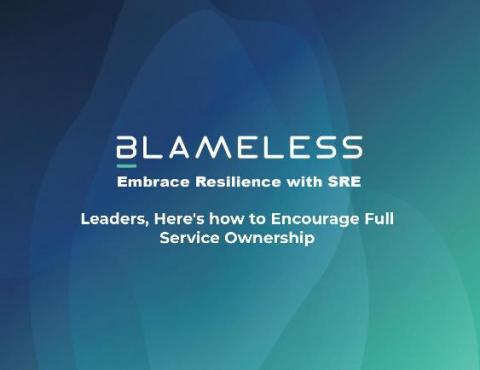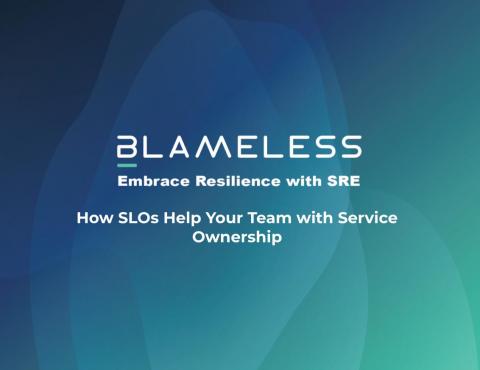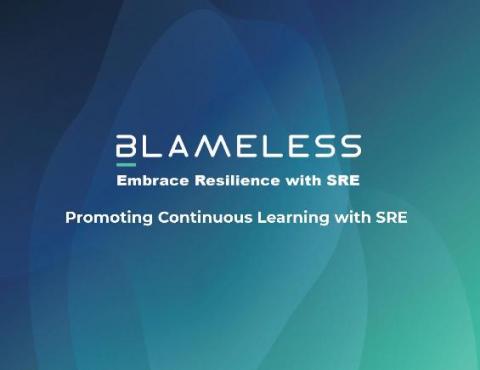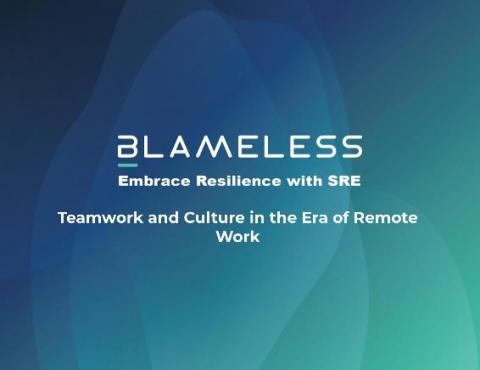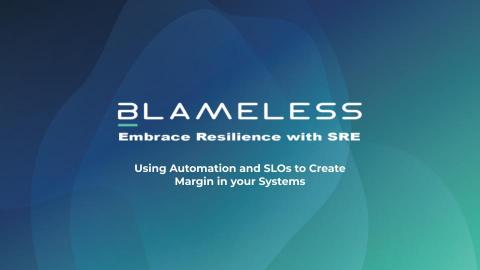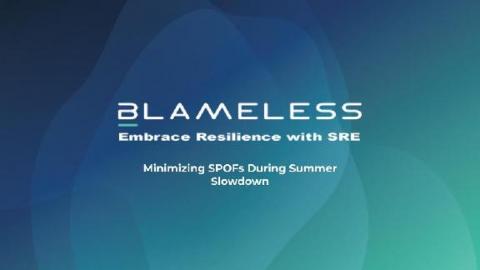Leaders, Here's how to Encourage Full Service Ownership
Service ownership is becoming common practice and its benefits are well-known. These perks include happier customers, aligned teams, and fewer incidents. While this sounds great, it’s often easier said than done, requiring a culture and mindset shift. Leadership will need to encourage and empower teams to adopt the “you build it, you run it” mentality. Here are some ways leaders can help get teams on board.


